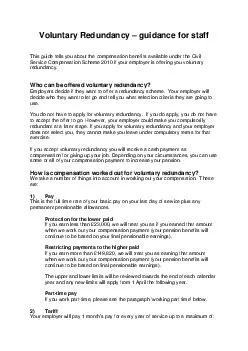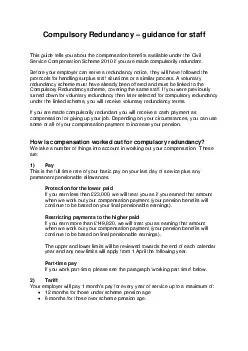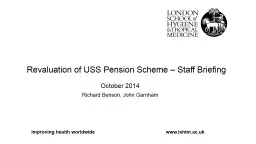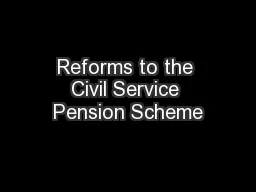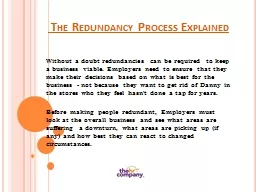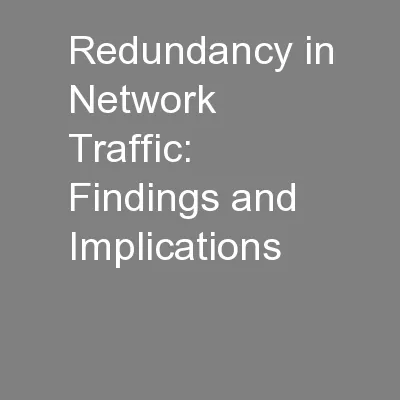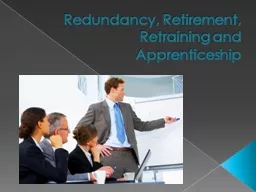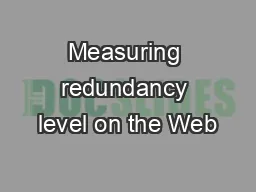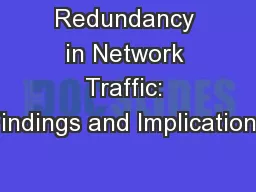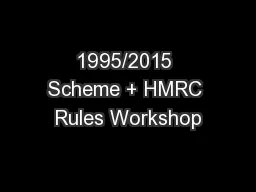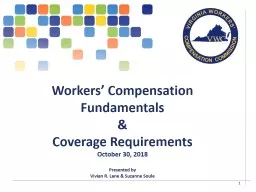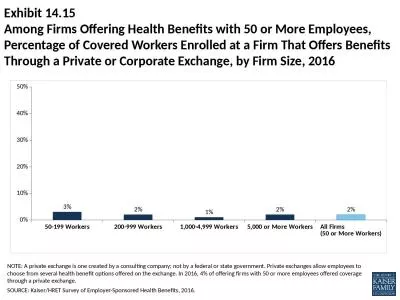PDF-Voluntary Redundancy guidance for staff This guide tells you about the compensation benefits
Author : faustina-dinatale | Published Date : 2014-12-18
Your employer will decide who they want to let go and tell you what selection riteria they are going to use You do not have to apply for voluntary redundancy If
Presentation Embed Code
Download Presentation
Download Presentation The PPT/PDF document "Voluntary Redundancy guidance for staff ..." is the property of its rightful owner. Permission is granted to download and print the materials on this website for personal, non-commercial use only, and to display it on your personal computer provided you do not modify the materials and that you retain all copyright notices contained in the materials. By downloading content from our website, you accept the terms of this agreement.
Voluntary Redundancy guidance for staff This guide tells you about the compensation benefits: Transcript
Download Rules Of Document
"Voluntary Redundancy guidance for staff This guide tells you about the compensation benefits"The content belongs to its owner. You may download and print it for personal use, without modification, and keep all copyright notices. By downloading, you agree to these terms.
Related Documents

